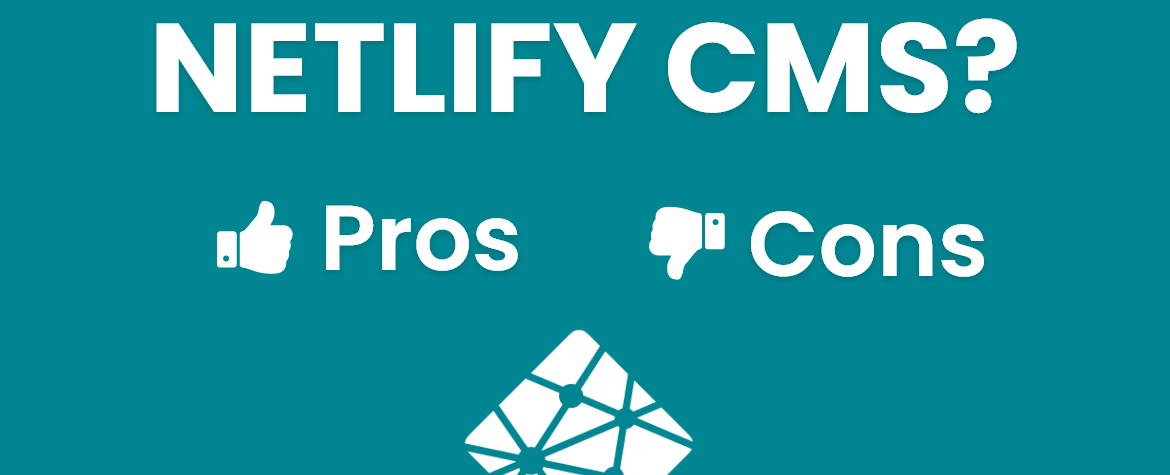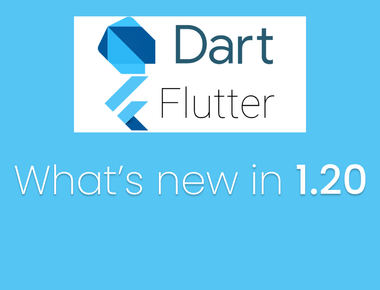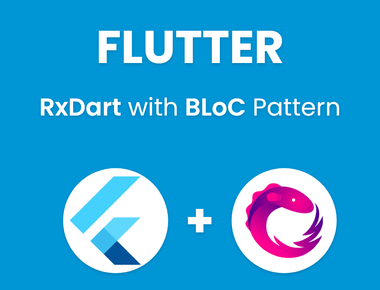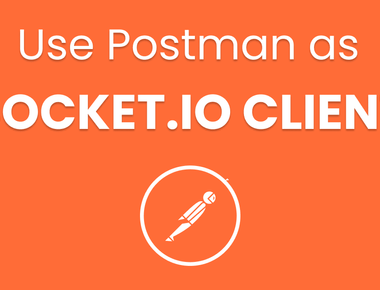Table Of Contents

What is Netlify CMS, why should i use this CMS? Pro and Cons of Netlify CMS
More about Netlify CMS:
Netlify is “all-in-one platform for automating modern web projects”, serving more advanced users, like website developers.
The Netlify CMS is predicated on JamStack technology, which was wont to build the foremost popular static site generator. JamStack is mentioned as “the way forward for development architecture”. It’s built on serverless, headless technology, supported client-side JavaScript , reusable application programming interfaces (APIs), and prebuilt Markup. This structure makes it safer than a server-side CMS like WordPress.
Netlify isn’t a static site generator; it’s a CMS to create static and headless web projects. Content is stored in your Git repository, alongside your code, for straightforward editing and updating.
Netlify CMS distributes static sites across its CDN (content delivery network). (Imagine what you’ll achieve in terms of page load speed when you’re serving pre-built pages from the CDNs nearest to visitors). Because files are lighter, you’ll host your site within the cloud and avoid web hosting fees. Most developers find Netlify platform’s free tier plan offers quite enough for private projects.
Don’t get confused, Netlify CMS is different from the Netlify platform , which may be wont to automatically build, deploy, serve, and manage your frontend sites and web apps. consistent with Netlify , the Netlify CMS has never been locked to their platform (despite both having an equivalent name).
What are static site generator?
Static site generators convert certain pages on your website into static site versions (simply HTML files). When a user requests a page on the static site, the request is shipped to the online server (HTML files directly served to users without any Database query), which then finds the corresponding file and returns it to the user. This process helps the location perform faster, and cache easier.
This process is additionally safer. The static site generator doesn’t believe databases or other data sources and it also avoids server-side processing when accessing the web site .
Several static site generators can convert existing pages on your WordPress site in order that you don’t need to start over from scratch.
However, static site generators do have a couple of downsides, including:
- Incompatibility with page builders. If you don’t have the skills to code, you won’t be ready to build a site without the assistance of page builders.
- Trouble managing large sites. Websites that have thousands of pages, multiple authors, and content published regularly can pose a drag for a static site development environment. The frequency and quantity of creating page edits can delay updates as sites must be rebuilt and tested.
- Server site functionality. Everything comes in from the static HTML files, so you can’t ask your users for input (such as allowing users to make a login or post a comment).
Fortunately, many of those static website limitations are often addressed through Netlify.
Before we get into the pros and cons of Netlify, let’s talk about static site generators.
Let’s compare Netlify CMS with WordPress
WordPress and Netlify CMS are two of the foremost robust CMS (content management systems) on the market. Both are open-source and liberal to use, but that’s about where their similarities end.
WordPress is more popular — it powers almost 35% of all websites on the web . This is often likely thanks to the very fact that WordPress caters to users who don’t have prior programming experience and are trying to find an easy-to-use CMS.
On the opposite hand, Netlify appeals to developers concerned about website performance. WordPress’s heavy rear can impact a website’s speed and security.
If you ask a developer the way to speed up an internet site , they could recommend converting to a static site. This is often ideal for informational sites that change infrequently and need no user interaction.
For more complex sites, you would like a database-driven CMS, like WordPress. Where you want your users to create their account.
Let’s discuss about Pros and Cons of Netlify CMS
Pros:
- Easy to setup website
- Very easy and intuitive UI
- Both CLI (Command Line Interface) and Web Based available.
- Support custom domains and setup DNS for your domain automatically.
- Supports HTTPS, and it’s very easy to set up.
- Can pull updates from Git providers like Github, Gitlab etc.
- Supports all static site generators
Cons:
- Need understanding web programming (React, Javascript, TypeScript).
- Need understanding for Markdown (few tools are available which can convert html or word to Markdown)
Need help?
If you want to make your first website then you can hire me on Fiverr and i can create Blog in Gatsby framework and Host on Netlify CMS.
Subscribe to our newsletter!
Related Posts


Quick Links
Legal Stuff
Social Media





